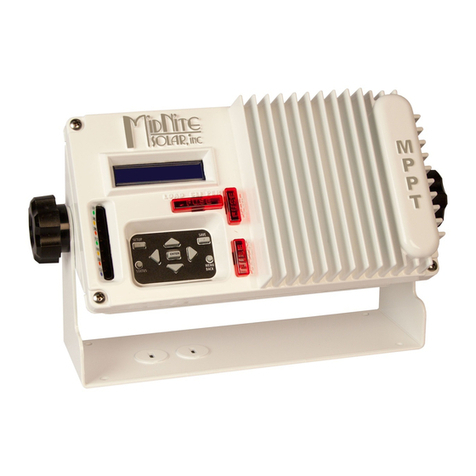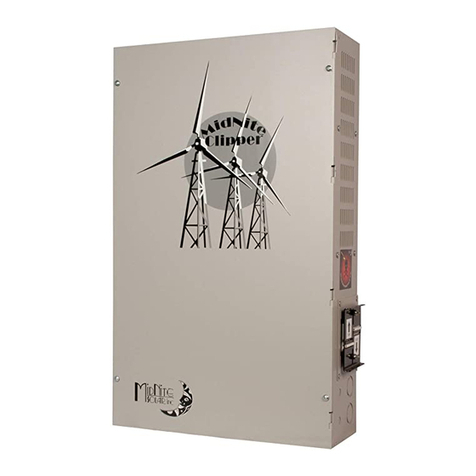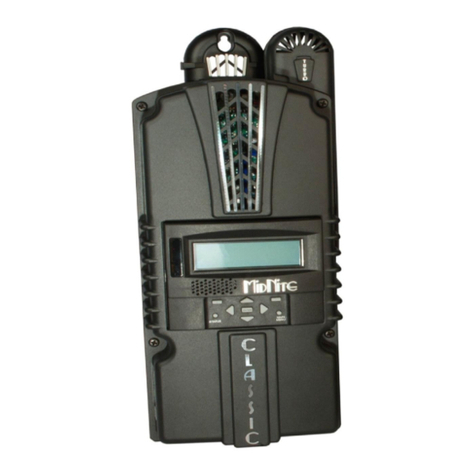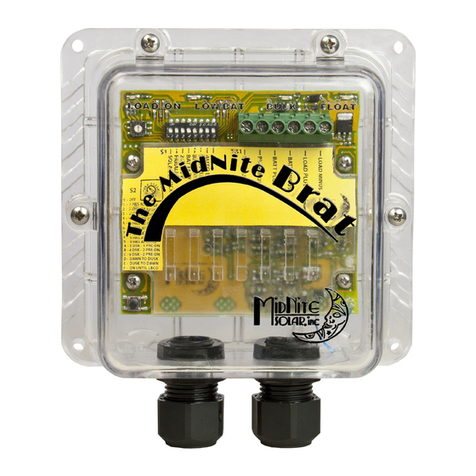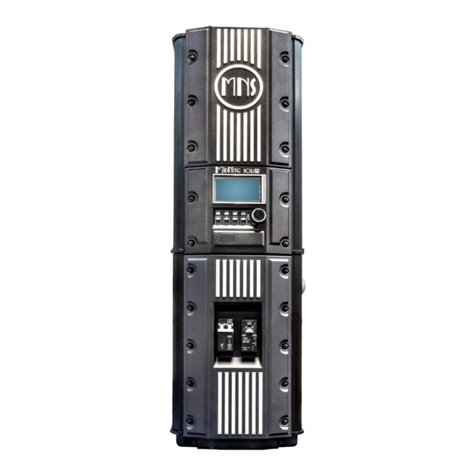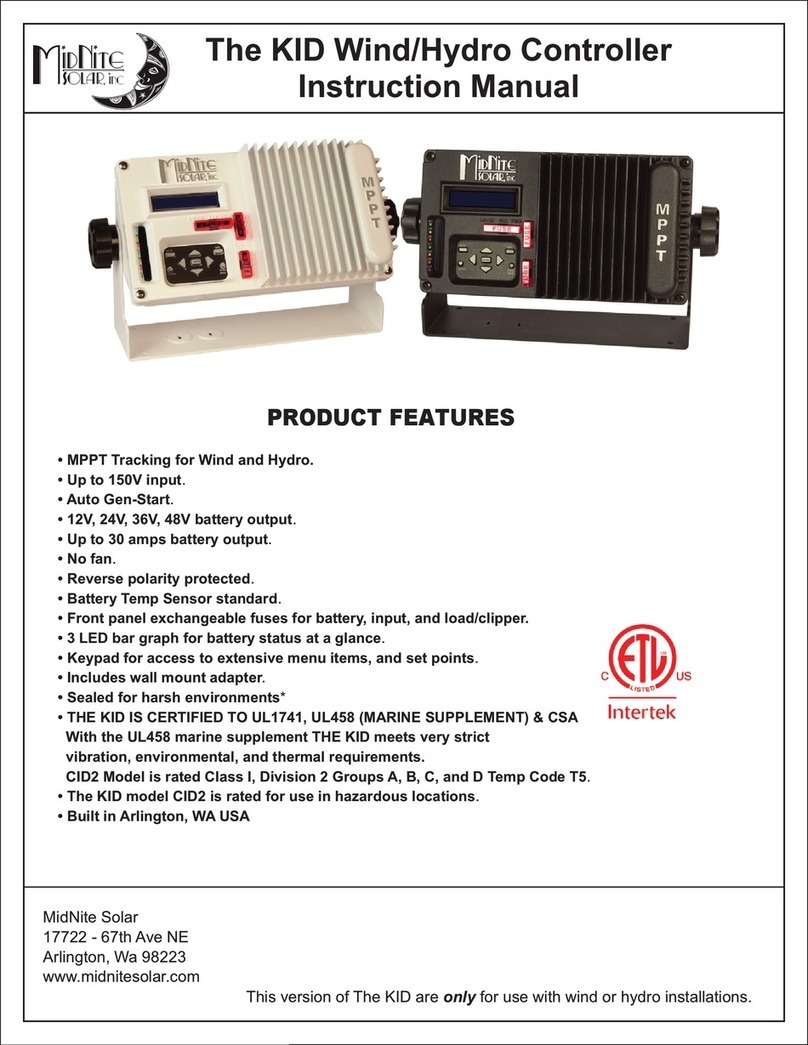Barcelona Manual
6| P a g e 1 0 - 4 1 8 - 1 R E V : -
outside. Design the battery enclosure to prevent accumulation and concentration of
hydrogen gas in pockets at the top of the compartment.
•Remove all jewelry such as rings, watches, bracelets, etc., when installing or performing
maintenance on the batteries and inverter. A battery can produce a short-circuit current
high enough to weld metal jewelry, causing severe burns.
•Use insulated tools and be very careful when working around batteries, they can produce
extremely high currents if short-circuited (e.g., dropping a metal tool across the battery
terminal), which could cause a fire or explosion.
•To prevent a spark at the battery and to reduce the chance of explosion, turn off (open) the
DC battery breaker, install/connect the positive DC cable to the breaker, then connect the
positive DC cable to the battery bank. With the DC breaker off/open, connect the negative
DC cable to the battery bank and the Barcelona.
•Never work alone. Always have someone within the range of your voice or close enough to
come to your aid when working around batteries.
•Never use old or untested batteries. Check each battery’s label for age, type, and date code
to ensure all batteries are identical.
•Batteries are sensitive to changes in temperature. Install batteries in a stable environment.
•Provide at least one inch of air space between batteries to provide optimum cooling.
•Use proper lifting techniques when working with batteries.
•Never smoke or allow a spark near batteries.
•Never charge a frozen battery.
STANDARDS
The MidNite Solar Barcelona charge controller conforms to UL 1741, Safety for Inverters,
Converters, Controllers and Interconnection System Equipment for Use with Distributed Energy
Resources, UL 1741:2010 Ed.2+R:15Feb2018; CSA C22.2#107.1:2016 Ed.4.
HOW TO KILL YOUR BATTERIES
Batteries are delicate and require proper attention, especially when off-grid. Think of your
batteries and solar equipment as a small nuclear power plant, hydro dam, or natural gas-fired
power plant. Just like any of those, your system needs DAILY attention to ensure it is performing
correctly and safely. We recommend the use of an independent battery monitor/alarm if you
have an expensive battery bank. Below is a list of some of the most common ways we have
seen people kill their battery bank.
•Using more than three parallel strings and not using common bus bars. With lead-acid
batteries, when you use more than three strings, it is very hard to properly charge the
middle strings. The only safe way to do this is to wire each string with equal length cables
to a common bus bar. Connect inverter cables to the farthest points on the busbars.
•Not watching to verify the Absorb or EQ times are set properly and that the equipment
